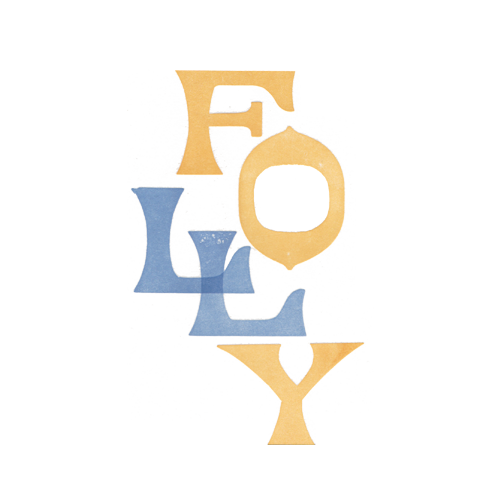When Barbara Jones published Follies and Grottoes in 1953, she made no mention of the coastal village that architect Clough Williams-Ellis had been creating at Portmeirion since 1925. Reviewing the book for the Times Literary Supplement, Laurence Whistler thought this was a ‘curious’ omission as he believed the whole conception could be described as folly.
Tag: Barbara Jones
Cullaloe Temple and Tower, near Aberdour, Fife
In the 19th century Cullaloe stone was much in demand as a building material: it was widely used in Scotland and England, and exported to Europe and as far as the Caribbean. But in the shadow of the quarries is an abandoned pleasure ground that is home to this beautifully constructed little temple – a perfect demonstration of the colour and quality of the stone. At the other end of the grand terrace on which it stands is a curious rustic tower.
The Folly, Benington Lordship, Hertfordshire
In the grounds of Benington Lordship, an early 18th century mansion near Stevenage in Hertfordshire, is a sham ruin on a grand scale. Constructed in the 1830s it combined the roles of eye-catcher, gateway, smoking room and banqueting hall in one rambling structure.
The Arbour, Peckover House, Wisbech, Cambridgeshire
In the 18th century Bank House in Wisbech became home to the Peckover family, and as well as providing a family home it housed their banking business, which became a great success. Over time they acquired further land and extended the gardens behind the adjacent properties, and built garden buildings including this striking summerhouse. In 1943 the house and grounds were given to the National Trust by the last surviving descendant, and the property was renamed ‘Peckover House’ to commemorate the family.
Waterloo Tower, Quex Park, Birchington, Kent
John Powell Powell (1769-1849 – the double Powell acquired to meet the conditions of an inheritance) was passionate about bell-ringing and erected this ‘light, elegant and fanciful building’ at Quex Park, his seat in Kent, where his hobby could be indulged. Not content with a lofty tower, he almost doubled its height with a unique cast iron spire – years before a certain Parisian landmark took shape.
The Gothic Temple, Wentworth Castle, South Yorkshire
In the middle of the 18th century the Earl of Strafford was embellishing his seat at Wentworth Castle near Barnsley in South Yorkshire. A new wing was added to the mansion and the grounds were decorated with temples, columns and garden seats. Strafford asked his lifelong friend Horace Walpole for advice on an ornament for his menagerie, and this little gothic temple was the result.
Agatha Christie’s ‘Dead Man’s Folly’
In 1954 Agatha Christie wrote a novella which was intended to raise money for her local church. Upon completion she was so taken with the story that she decided to develop it into a full novel, and submitted a different story to the fundraising effort. The work she had originally written was called Hercule Poirot and the Greenshore Folly, and this work was expanded and eventually published in 1956 as Dead Man’s Folly.
Mr Saville’s Garden, Matching Green, Essex
In 1959 the inhabitants of Matching Green, east of Harlow in Essex, were horrified by the appearance of a 6 foot 3 inch statue of a naked lady in a village garden. The figure was the work of Horace Saville, the village blacksmith, and he claimed it was a model of how he wanted his future wife to look.
Follies and Pharmaceuticals: a Curious Concoction
Barbara Jones is best known to readers of these pages as the author of Follies & Grottoes (1953, revised 1974), the first book to consider the subject of garden and landscape buildings in any detail. She also wrote books about popular art, erotic postcards and furniture amongst other subjects, and as an illustrator and designer her work appeared in magazines, on calendars, dustjackets, greetings telegrams and much, much more.
Jack the Treacle Eater, Barwick Park, Somerset
This unique structure, topped with a statue, stands close to Yeovil, in Somerset, one of a small group of curious constructions erected in Barwick Park. The folly was probably built by John Newman (1717-1799) in the middle of the 18th century, but by the early 20th century it had become know as ‘Jack the Treacle Eater’ and strange stories were told about Jack’s career and nocturnal activities.










